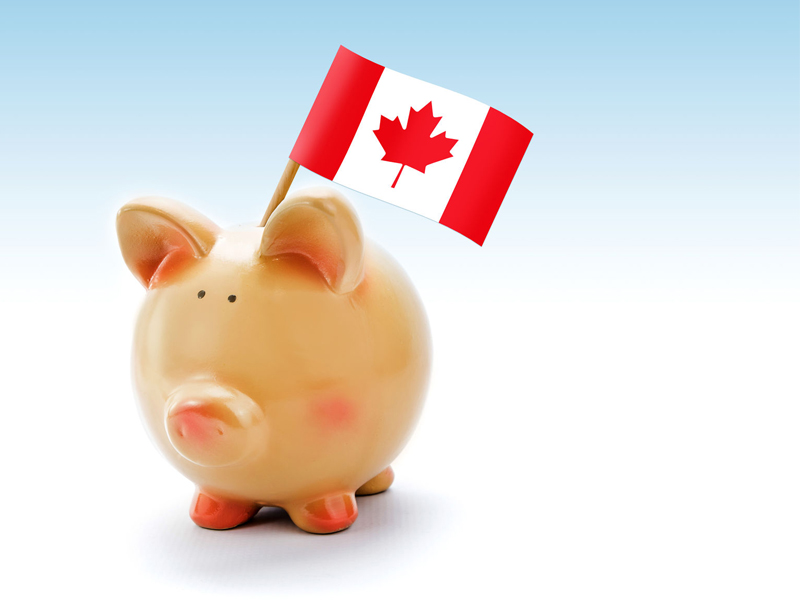
Economists and households alike are betting on the Bank of Canada to rein in inflation with higher interest rates, averting a return to the economic malaise of the 1970s — yet the task won’t be easy, and the pain likely won’t be shared equally.
In a new report, economists at TD Bank note that while recent consumer price increases are reminiscent of the 1970s and 1980s, they are not expecting a return to those historic highs for inflation, thanks primarily to the Bank of Canada, which has begun hiking rates and is expected to keep increasing rates to combat inflation.
“We believe the Bank of Canada has learned from history,” TD said, noting that when inflation was running rampant back in the 1970s and 1980s, the central bank was late to the inflation fight.
In 1991, the Bank of Canada adopted its inflation targeting framework.
“The focus toward fighting inflation as a top priority was extremely successful and brought the Bank credibility,” TD said — inspiring confidence that inflation won’t be allowed to run rampant again.
Indeed, in the current environment, the Bank of Canada’s desire to maintain its credibility as an inflation fighter means it is expected to, “be more aggressive now than it was in the last period of high inflation.”
“For this reason, even though businesses and consumers see inflation above 3% over the next year, they still think it will come down to target within the next three years,” TD noted.
TD economists believe the central bank can now be counted on to hike rates high enough to calm demand and slow inflation. However, calibrating rates to curb inflation without tipping the economy over into recession will be tricky, TD warned.
Moreover, the impact of higher rates is likely to be felt unevenly by Canadian households.
In a separate report, economists at RBC warn that lower-income households are likely to feel more pain from rising interest rates, as the debt service ratio for lower income households will rise much more quickly.
“As interest rates march higher — we expect the overnight rate to hit 2% by October, a projection that increasingly looks conservative —borrowing costs for Canadians will also rise, leaving the average Canadian household to spend almost $2,000 more in debt payments in 2023,” RBC said in its report.
This projected increase in debt servicing costs will hit lower income households particularly hard, the report said, as the households in the lowest income quintile spend 22% of their after tax income on debt servicing, compared with 11% for those in the top income quintile.
“Lower income Canadians will also see their debt service ratio (the amount of disposable income needed to meet debt payments) increase much faster through 2023 — at twice the speed of the highest income households,” RBC noted.
And, while household savings jumped during the pandemic — potentially providing some breathing room in the face of the forthcoming increase in debt service costs — these gains weren’t distributed evenly either.
Lower income households devoted more of their added savings to paying down consumer debt, RBC noted, “These households now have a much smaller cushion against rapidly rising borrowing costs.”